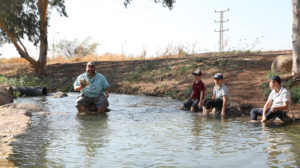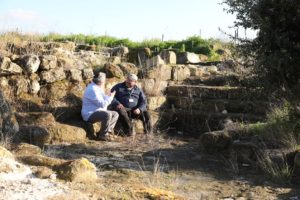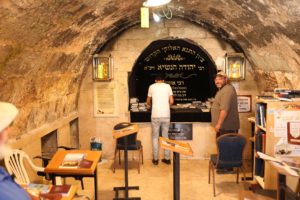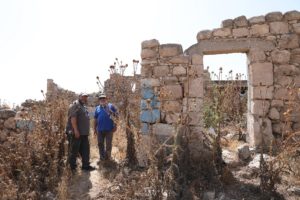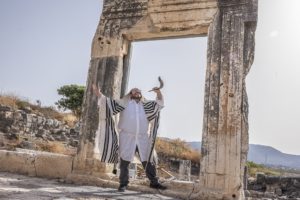Turkish Trail Mix

Mile by mile, tweet by tweet, Rabbi Mendy Chitrik traipses through Turkey on the ultimate back-to-roots Jewish journey
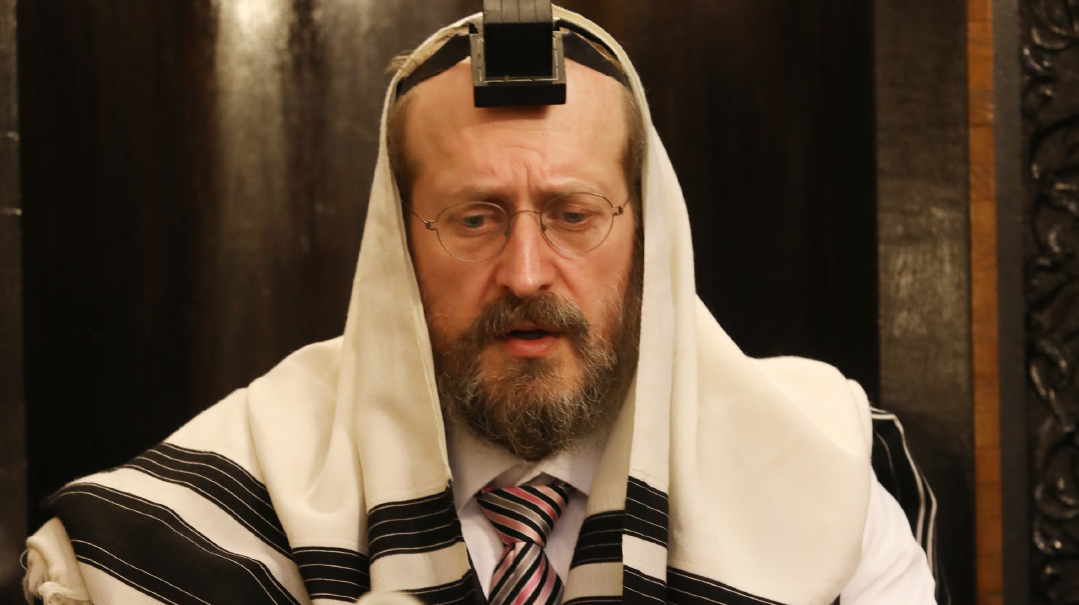
Photos: Rabbi Mendy Chitrik, Family archives
While Avraham Avinu left Charan for Eretz Yisrael at G-d’s command in order to establish the Jewish People, his descendant has returned to that small village in southeast Turkey 3,758 years later for the ultimate in the bein hazmanim road trip.
Turkey has long been the undeveloped land of antiquity, the treasure chest of history that for some reason remains off the list of explorers and pilgrims. It’s the land of Mount Ararat where the Teivah came to its final rest, the place of the well where Yaakov met Rachel, and the site of many Talmudic stories. It’s a country awaiting a publicist. And Rabbi Mendy Chitrik has been spending the past month ably filling that job.
Mile by mile, tweet by tweet, the rabbi of Turkey’s Ashkenazi community has been documenting his discoveries as he nears completion of the month-long road trip through the countryside. One day it’s the village of Netzivin, mentioned in the Gemara as the site of Rabi Yehudah ben Beseira’s famed yeshivah, and then on to ancient familiar names such as Lydia, Antioch, or Cappadocia (Kaputkaya in the Gemara, mentioned in connection to lighting Shabbos candles). Some of these place still have beautiful shuls, others contain an arch rising over an empty field to mark the former site of shul or beis hachayim.
“Turkey has so many historical sites,” said Rabbi Chitrik, a Chabad chassid and Turkey’s Ashkenazic chief rabbi who in 2019 took over the chairmanship of the Alliance of Rabbis in Islamic States, “and many of them have not been excavated. Even a place like Charan was never touched by archaeologists. People still live on top of the hill, with their sheep and ancient style huts. Seeing that really brings you back to the days of Yaakov and Lavan.”
Best of all, his trip is an all-expenses paid one.
While there are only about 15,000 Jews in the country, Turkey is a major supplier of kosher products. There are close to 300 factories in Turkey that produce kosher food, and Rabbi Chitrik oversees the teams of mashgichim for the Orthodox Union, as well as for the Turkish rabbinate’s kashrus department for exports. Turkey is the seventh-largest food and beverage producer in the world, and normally there are several dozen mashgichim in the various plants at any given time, most of them from Israel. Last year however, coronavirus put a stop to outside inspectors, as outside borders were closed and inter-province travel was banned. For many months, mashgichim couldn’t make their rounds, and when the country began to open last summer, Rabbi Chitrik decided to take his 19-year-old son Eliezer with him and travel around the country to inspect the factories so that their kosher certification wouldn’t lapse.
A side goal of those excursions was to investigate the remnants of small Jewish communities and Jewish historic sites that dotted this part of ancient Mesopotamia. And this summer, he decided to make it official.
Oops! We could not locate your form.

